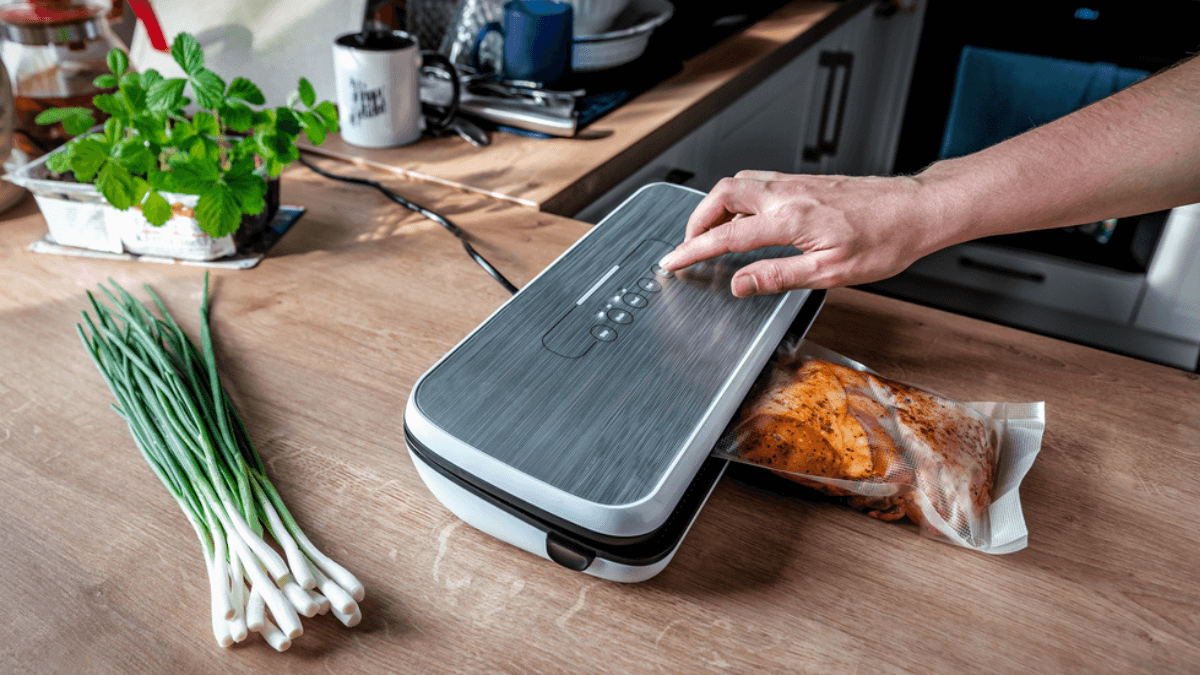Stretching a dollar and making every penny count is a struggle for many families looking to maintain a balanced budget. Feeding a family of six on just $750 per month may seem impossible, but it’s achievable with careful planning and smart shopping strategies.
This guide outlines the essential steps to feed your family on a budget.
1. Set Your Budget Properly

To plan your finances effectively, you must set a budget. A good start is to allocate $750 for monthly grocery and food expenses. Understand the types of food your family needs, track your spending, and avoid exceeding the limit.
2. Find Cheap Side Dishes

Stretch your budget even further by including affordable and filling side dishes in your meals. Rice, beans, potatoes, and pasta can be versatile in various cuisines, providing essential nutrients and satisfying hunger without breaking the bank.
3. Create A Meal Plan

Having a weekly or monthly meal plan means predicting what and how much you’ll need for groceries. It helps reduce impulsive or unnecessary purchases, save money, and reduce food waste. A meal plan can also help maintain a balanced diet for all family members.
4. Get Enough Protein

Add protein to your diet to reduce overeating and snacking. Budget-friendly options include eggs, canned tuna, lentils, beans, and chicken.
5. Always Compare Prices

Comparing prices among brands, stores, and online retailers is essential for finding the best deals. You might be surprised by the differences in prices for the same product, so taking the time to compare costs can lead to significant savings.
6. Do Not Purchase Pre-Prepared Food

Prepared food items usually have a higher price tag due to convenience. However, by taking the time to cook meals at home and preparing your ingredients, you can save a substantial amount of money while enjoying healthier foods with fewer preservatives.
7. Use What You Already Have

Before shopping, thoroughly check the pantry and fridge to avoid duplicating items you already have. This not only saves money but also prevents waste that would occur if those items expired before being used.
8. Buy Bulk

Buy non-perishable items in bulk when possible. Staples like rice, beans, pasta, canned goods, and snacks are good options. Bulk shopping can save you money in the long run.
9. Freeze What Can Be Frozen

Freezing perishable items such as meats, fruits, vegetables, and leftovers prolong their usability and prevent waste. Plan meals around what you have frozen, which can help skip an unplanned trip to the grocery store, saving money and time.
10. No Delivery and Eating Out

Takeouts and delivery orders can quickly eat into your budget, considering the added delivery fees and tips. By mainly cooking at home, you can control the ingredients and portions, making it easier to stick to your budget.
11. Always Check for Coupons and Sales

Use coupons, in-store deals, and sales to maximize savings. Many stores have weekly specials; with some planning, you can purchase most grocery items at discounted prices.
12. Avoid Buying Pre-Packaged Food

While the convenience of pre-packaged meals can be tempting, they often carry a high cost due to packaging and preparation. A more cost-effective strategy is to invest in bulk items and prepare meals yourself. This approach curbs unnecessary spending and contributes to healthier eating habits.
13. Stop Buying Soda and Unnecessary Snacks

Beverages like soda and needless snacks can add substantial unnecessary costs to your food budget. Replacing these with water or homemade refreshments can greatly reduce your grocery bills.
14. Never Throw Food Away

Minimizing food waste is your secret weapon for slashing your grocery bill. Keep a close eye on those expiration dates and prioritize cooking with ingredients that are about to spoil. Composting fruit and vegetable peelings can also be a nutrient-rich fertilizer for your home garden, turning kitchen waste into a free resource.
15. Write Reminders About Leftovers in the Fridge

Leftovers are lifesavers, but only if you don’t forget they exist. Prevent food waste by tracking what you have left and when it needs to be used. Use a whiteboard, label your containers, or download a reminder app so everyone knows what’s available.
Don’t Miss Out on These 13 Frugal Living Tips to Save Money and Live Well

Do you want to learn how to be frugal? Here are essential frugal living tips that will leave you saving money & feeling more fulfilled!
Mary G. is a versatile writer who fell in love with the written word at a young age. Mary’s educational background includes studying nursing and veterinary medicine, evidencing her passion for animals and every living creature. Choosing to pursue a career in writing, she commits to the profession while simultaneously caring for her vibrant household, composed of 21 cats and 5 dogs.
Mary’s love for reading has only enriched her writing skills, as she delves into various subjects and genres with diligence. Enjoying the flexibility of working from home, she comfortably engages with her family of pets and continues to polish her literary prowess. With years of experience under her belt, Mary has written for almost every niche, becoming a well-rounded and exceptional writer in the process.

